Artist Profiles

Artist One: Louis Daguerre
Bio: He was a French painter and physicist who invented the first practical process of photography, known as the daguerreotype. Though the first permanent photograph from nature was made in 1826/27 by Nicéphore Niépce of France, it was of poor quality and required about eight hours’ exposure time. The process that Daguerre developed required only 20 to 30 minutes.
This artist really contributed to the community by making the first practical daguerreotype that didn't take an extreme amount of time.
Artist Two: Edward Steichen
Bio: Edward Steichen was born in 1879 and he had a lot of influence in the earlier part of his life. He is said to be the most talented photography at his time. He went on to become a commercial photographer in the late 1920's to 1930's. When he created stylish and convincing portraits of artists and celebrities. He was also a prominent curator, organizing the hugely influential “Family of Man” exhibition in 1955.
His Work: 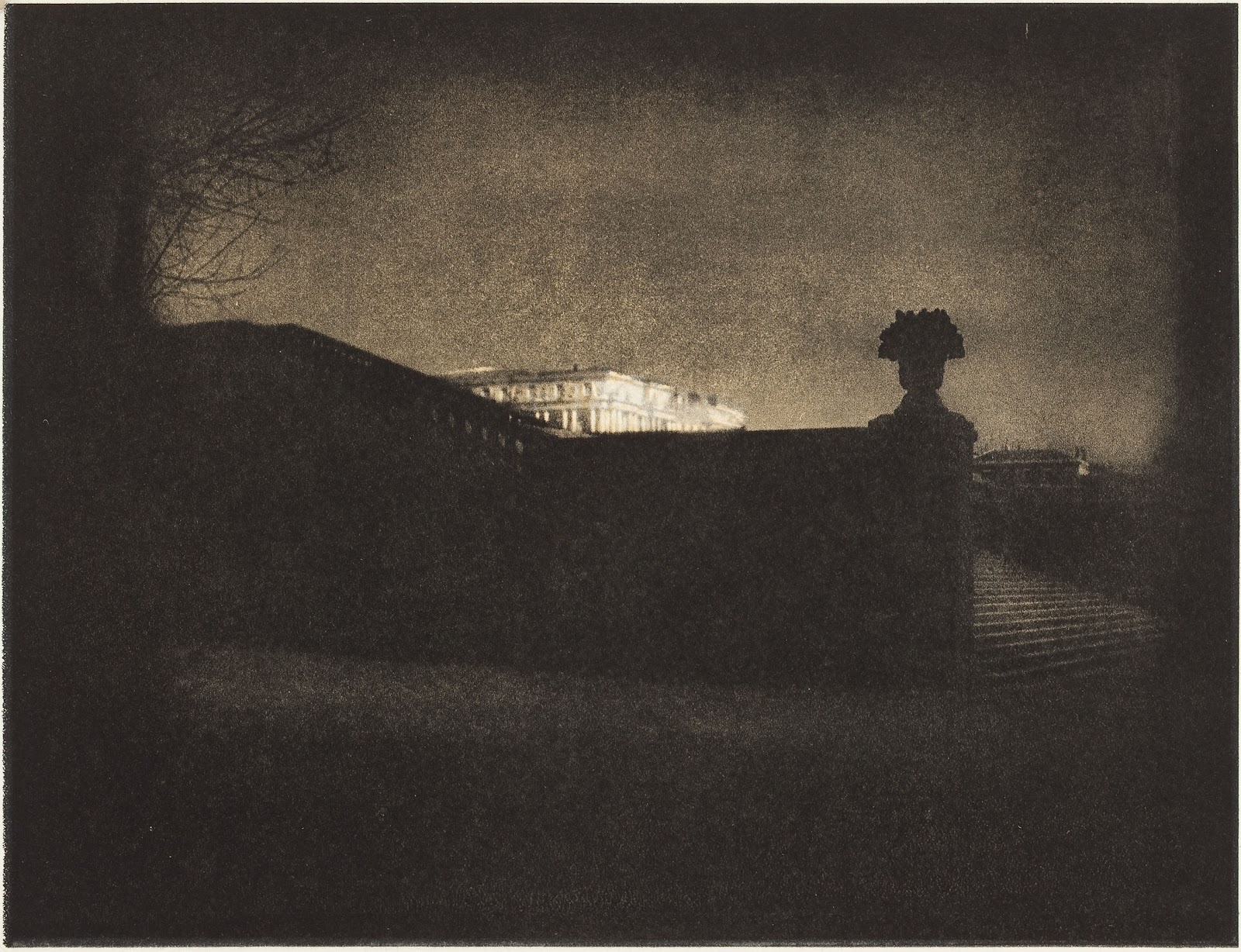
He was very influencing to the community because of how big of a role he had making photography a fine art.
Artist Three: Alvin Langdon Coburn
Biography: He is a early 20th century photography who helped with the American pictorialism.He was the first major photography to emphasize the use of high level viewpoints to get photographs. He rise to fame from 1900-1905 while working with Frederick H. Evans. He then later made some of the first completely abstract photographs.
Artist Four: Alice Boughton
Biography: She is an early 20th century photographer known for photographing many literal and theatrical figures of her time. She was also a major influence to help bring photography to become a fine art.
FSA Photographers
The FSA was a program to help out the Poor farmers, sharecroppers, and tenets. They would buy old piece of farm land and make them into Group Farms on land more suitable for farming. It was important in the photography history because they had photographers go through taking picture journaling it all through the way.
Artist Profile #5: Dorothea Lange
She is a documentary photographer known best for her depression-era work. Also known for being a big part of the FSA photographers. She helped human the consequences of the great depression.
Artist Profile #6: Walker Evans
Walker evans was best known for his work for the FSA during the Great depression. Most of his work all came out in large format 8 x 10. His main goal in photography was to make his photo that are literate, authoritative, transcendent.
Artist Profile #7: Andre Kertesz
André Kertész was born on July 2, 1894 in Budapest, Hungary. After being severely wounded while serving in the Hungarian army during WWI, Kertész moved to Paris and worked as a freelance photographer. He moved to New York City and published photos in magazines such as Harper's Bazaar and Vogue. He retired from commercial work in 1962 and began a series of personal projects. He died in 1985.
Artist Profile #8: Robert Capa
Robert Capa was a Hungarian combat photographer he redefined wartime journalism by joining soldiers in the trenches and documenting their battle in grim, close-up detail. His first assignment was in the Spanish Civil War. He went on to cover World War II. The 1948 Arab-Israeli War and the First Indochina War. He co-founded Magnum Photos with Henri Cartier-Bresson. He died by stepping on a landmine.
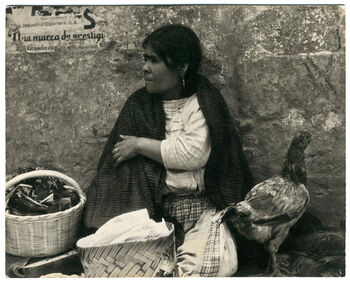 Artist Profile #9: Paul Strand
Artist Profile #9: Paul Strand
Paul Strand is an pictorial photographer who made fame in N64 group. Defining the way fine art and documentary photography is comprehended and practiced today, Paul Strand was one of the most prominent and most influential photographers of the 20th century whose works went far beyond any expectations. His straight photographic methods deprived of any tricks of the process of manipulation showed a sincere respect for the subject in front of his camera, making Strand one of the initial contributors to the modern art era. Pioneering new style in photography, he moved one step further, producing films that later marked him as an enemy of the United States.
Artist #11: Fazal Sheikh
Fazal Sheikh was born in 1965 in New York City. He went to Princeton where he studied photography
and traveled to Kenya to take photos of Rwandan, Sudanese, Ethiopian, Somali, and Mozambican
refugee camps. Later, he traveled to Pakistan and Israel/Palestine and took photos there. He is known
for photographing "people living in displaced and marginalized communities around the world" (fazalsheikh.org).
The exhibit was mostly in black and white film, although the collection "Ether" was in color film. There were different
themes throughout the exhibit for different regions and different people. Beside many of the portraits were stories of
the people photographed.
and traveled to Kenya to take photos of Rwandan, Sudanese, Ethiopian, Somali, and Mozambican
refugee camps. Later, he traveled to Pakistan and Israel/Palestine and took photos there. He is known
for photographing "people living in displaced and marginalized communities around the world" (fazalsheikh.org).
The exhibit was mostly in black and white film, although the collection "Ether" was in color film. There were different
themes throughout the exhibit for different regions and different people. Beside many of the portraits were stories of
the people photographed.
The guided meditation was interesting. I did my guided meditation on thefirstsecond picture, the one of the
girl. I likes taking a moment to just appreciate the picture and look at it more closely than before but I
didn’t like the voice of the woman narrating it, it was very robotic and ended up stressing me out more than
relaxing me. After i had finished with the guided meditation i went to a different photo and listened to some
calming music, the instance was much more serene and relaxing.
Artist Profile #12: Henry Swift


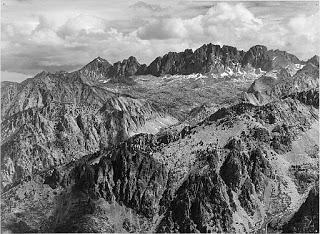
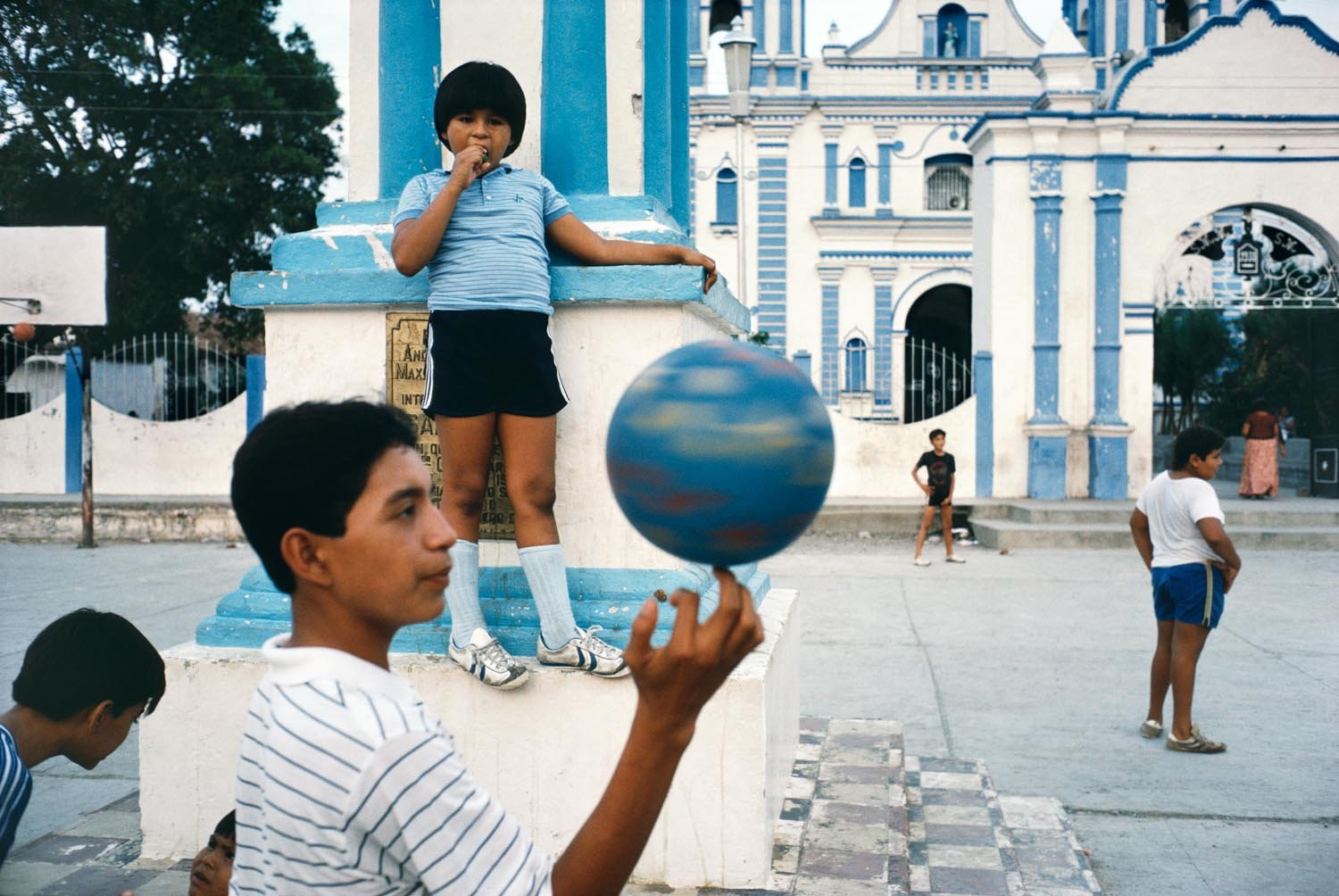
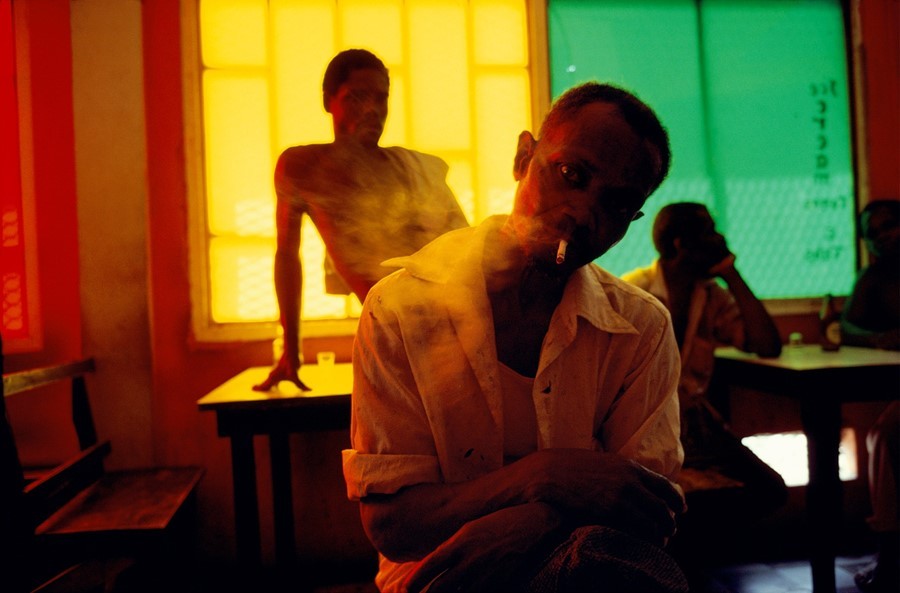
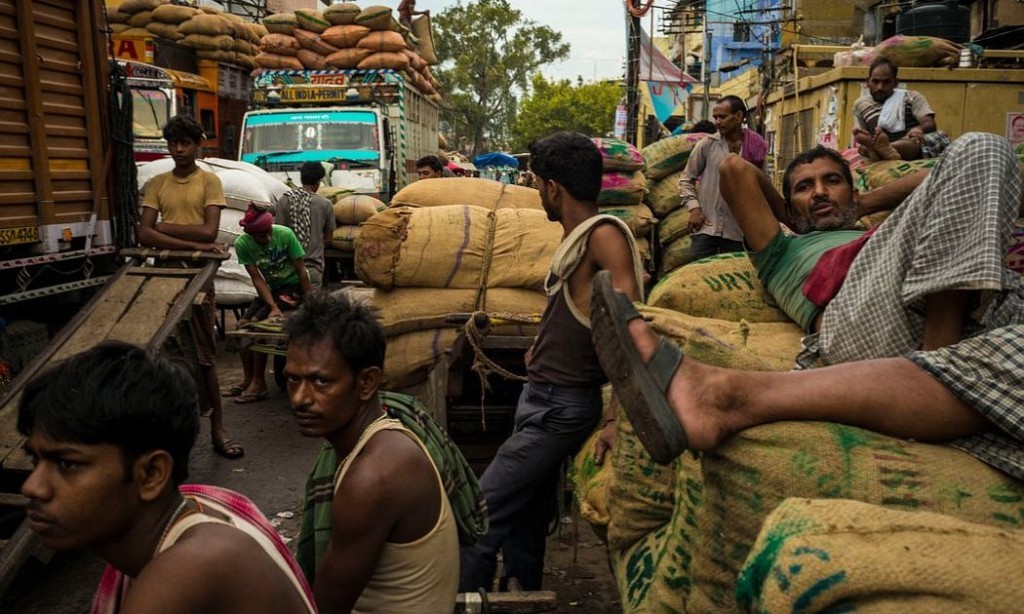


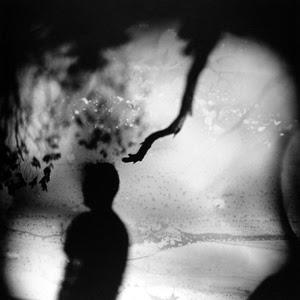

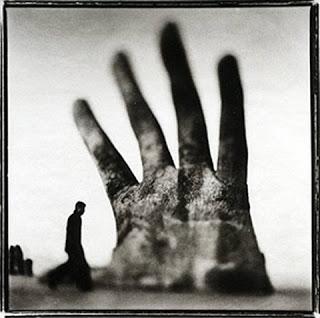
Artist Profile #12: Henry Swift
Biography: In the early 1920s he met photographer Edward Weston by chance in Carmel, California and began making photographs as a hobby. He was earning a living as a stockbroker, a career he continued throughout his life. In 1932 he became a founding member of Group f/64 along with Weston, Ansel Adams, Imogen Cunningham and several others. Later that year he showed nine prints (the same number as Weston) in the landmark Group f/64 show at the M.H. de Young Memorial Museum in San Francisco.While participating in the group, he was also able to collect many of the other photographers prints because of earnings as a stockbroker.
What drew me to emulate his work is how he shot the landscape, and the elements he catches. What inspired me about his work is that it is all in film, but I don't think ill be doing the project in film.
For my project I will be doing digital photos, and I will be matting them and putting them in a envelope.
Artist Profile #13: Alex Webb
Biography: Best known for his vibrant and complex color work, especially from Latin America and the Caribbean, Alex Webb has published 14 books, including The Suffering of Light, a survey book of his color work, and most recently, Memory City (with Rebecca Norris Webb), a meditation about film, time, and the city of Rochester, NY itself, the long-time home of Kodak, in the year following the company’s bankruptcy.
In his work I really like the vibrant colors and the thought put into the shots. Most of the times in his work the colors are very divided and don't mix.
Artist Profile #14: Masao Yamamoto
Biography: Japanese photographer Masao Yamamoto explores the emotional power of photography, creating small-scale silver gelatin prints that highlight the relationship between photography and memory. He works with a range of subject matter, from the nude female body to the landscapes and natural wildlife that he encounters in the Japanese countryside
.
I really enjoy is wildlife photos specifically his animal shots. I love the contrast he always has in his photos, all his photos have a very discreet background and that helps to make you focus on the animals.
Artist Profile #15:
Biography: He is an American photographer known for his ghostly images of animals, still lifes, portraits, and figures in landscapes. Using black-and-white photography and varied focuses, he creates a mysterious sense of mythology and disorientation, making strange the familiar places and people of his native East Texas. “It's not so much what you see, it's the significance that you see in things that give them resonance,” Carter has said. “I like small moments that are almost elliptical, that are not necessarily linear.they're natural things that happen in the world, but if you look at them from a slight angle there's more than meets the eye.” Born on June 3, 1948 in Madison, WI,
I really like his photos for the ghostly like images he shoots and the contrast in them make the main object really stand out. He also tends to use a shallow depth of field and i love that because it makes you focus on one point of the photograph.

Comments
Post a Comment